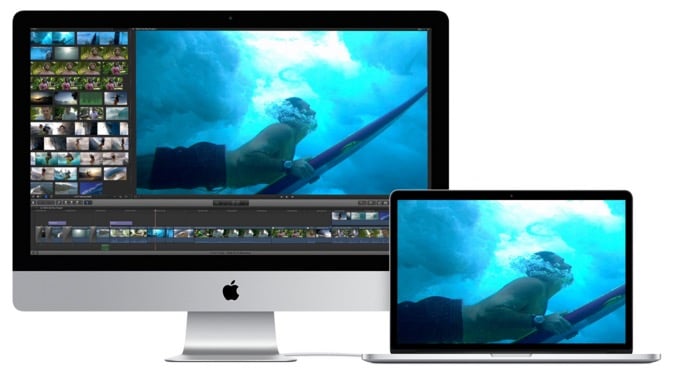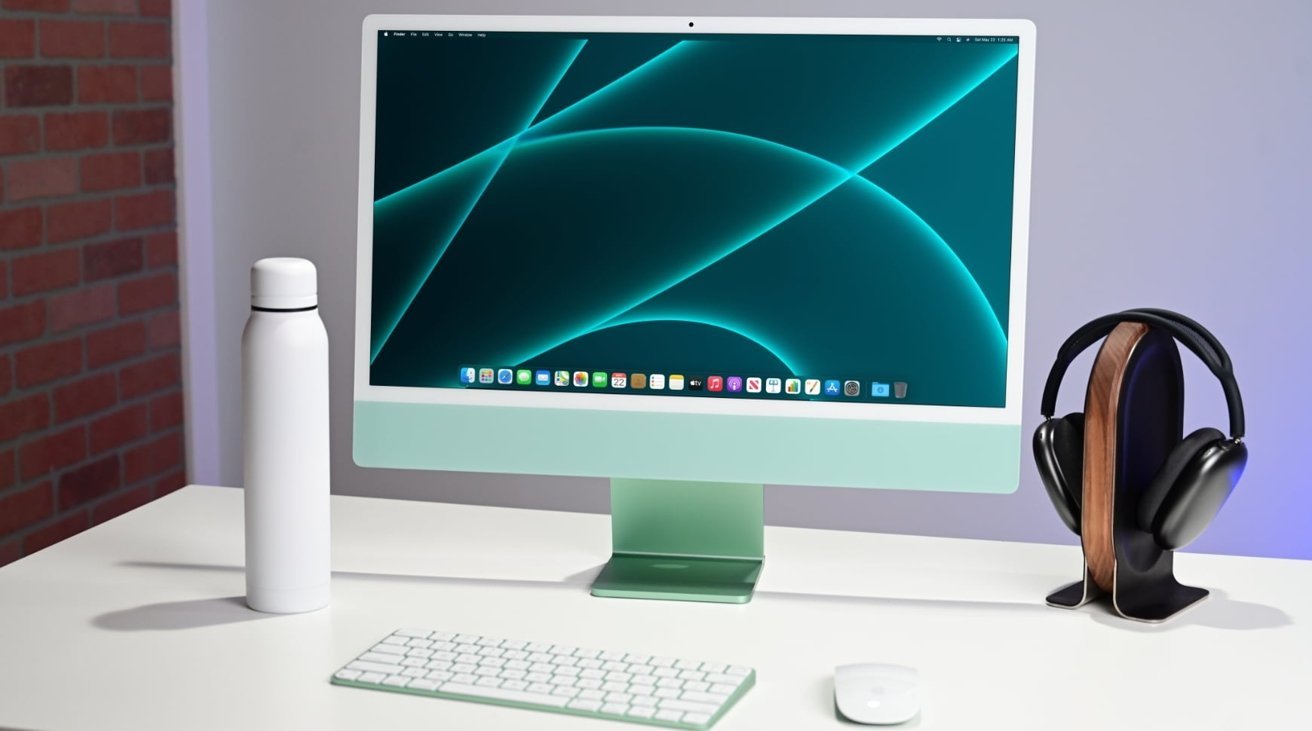
Once you’ve decided which DisplayLink docking station best suits your workstation setup, simply download the latest DisplayLink software for macOS.

You won’t need an additional adapter to connect multiple displays because these products leverage DisplayLink technology. If you have never used a docking station before and do not want to use an additional adapter, Kensington has several USB-C DisplayLink docking stations available. 2) MacBook Pro/Air (M2/M1) Dual Monitor Setup If You Don’t Have a Docking Station and Don’t Want to Use an Adapter If you experience any problems after the software update, check back to ensure the latest version of their software was installed from DisplayLink. The latest DisplayLink video adapter software allows you to use your existing docking station to connect up to five displays to your M1 or M2 MacBook.
#Best imac second monitor 1080p
USB-A to DVI-I/VGA/DVI-D 1080p Video Adapter.Some of Kensington’s compatible adapters available include: Your desktop is now ready to support multiple monitors – it’s that simple. Once connected, download the latest DisplayLink driver for macOS. If your desktop already incorporates a docking station, expand your display capabilities by simply connecting USB-A DisplayLink video adapters to the docking station.
#Best imac second monitor how to
1) How to Connect Two Monitors to a MacBook If You Already Have a Docking Station

However, that’s where Kensington comes in. The new M2 Pro and M2 Max can support dual displays with Thunderbolt solutionsįor users that want more than one display on these devices, the news of single-display support was a disappointment. Apple M2 Dual Monitor OptionsĪccording to Apple's technical specifications for the revised MacBook Air and the new MacBook Pro, the M2 only supports "one external display with up to 6K resolution at 60Hz."Īt the WWDC 2022, Apple went on to announce that the M1 (the original, not the Pro/Max/Ultra versions) and the M2 base chipset will continue to only support a single display. In this article you will find two primary use cases and how to set up your dual monitors when using your MacBook Pro or Air devices with the M1 and M2 base chipsets. If you need multiple monitor support for your Apple's new M2 MacBooks (or have the original M1 MacBook) that only support a single display, Kensington solutions include docking stations and video adapters that enable you to set up multiple displays quickly. While the M2 chipset takes the capabilities of the M1 chipset even further, there are still display constraints on the base chipset. Apple users who need multiple monitors to streamline workflows and complete their tasks have struggled to find a solution. Yet, base M1 CPUs are limited when it comes to dual monitors. Apple M1/M2 Pro supports two external displays, the M1 Max can support up to four external displays, and the M1/M2 Max can support up to five monitors with a docking station.


 0 kommentar(er)
0 kommentar(er)
